Overview

© Big Dutchman
Our research in the Thünen topic "Livestock Farming and Aquaculture" concentrates mainly on animal welfare and environmental impacts. We also work on issues that span these two focal points.
- Animal welfare: We develop indicators for animal welfare assessment and prepare a national animal welfare monitoring system. In addition, we develop concepts for animal welfare policy and calculate the additional costs of animal welfare measures.
- Environmental Impacts: Here we are investigating how emissions from stables and manure management can be reduced. We are also looking at development options for regions that currently have very high livestock densities, and we are working on the development of alternative feed sources.
- Overarching issues: In order to comprehensively assess the prospects for livestock farming, we analyze societal expectations, the development of animal food consumption, the international competitiveness of livestock production, and concepts to improve sustainability.
Download Service
- Thünen topic Livestock Farming and AquacultureExcerpt from the Thünen Institute's Medium-Term Concept 2021 (in German)
- Thünen medium-Term concept 2021(in German)
Scroll to top

![[Translate to English:] Slurry spreading by drag hose: Agricultural animal husbandry is the most important cause of ammonia emissions in Germany. Slurry spreading by drag hose](/media/_processed_/0/f/csm_DF09_04_Guellefass_Schleppschlauch_9_RGB_d033c9df34.jpg)
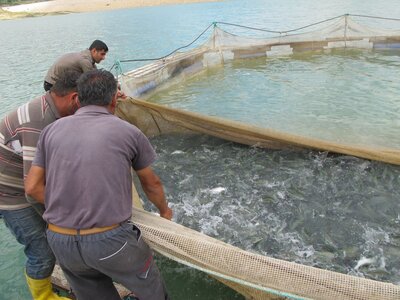
![[Translate to English:] [Translate to English:]](/media/_processed_/6/4/csm_Tiergerechtheit_UniKassel_e2b9f6da22.jpg)
![[Translate to English:] [Translate to English:]](/media/_processed_/2/0/csm_Tierbeurteilung_2_c4419e1ea3.jpg)
![[Translate to English:] [Translate to English:]](/media/_processed_/7/8/csm_Modell_OEko-Schweinestall_a00519190a.jpg)
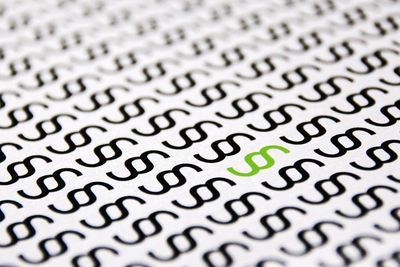
![[Translate to English:] [Translate to English:]](/media/_processed_/2/e/csm_Startfoto_b6867b9e65.jpg)
![[Translate to English:] [Translate to English:]](/media/_processed_/a/c/csm_Ein_System_viele_Gesichter_3687633ea6.jpg)
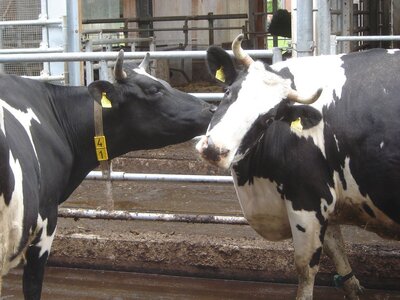
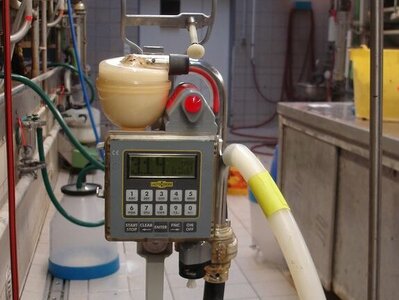
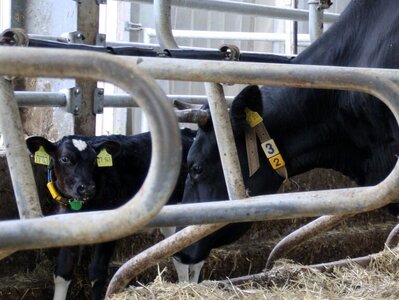
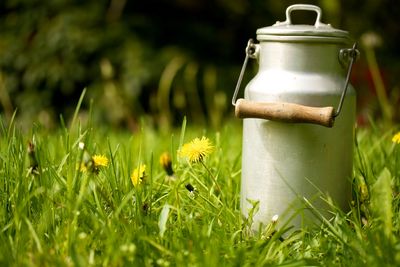
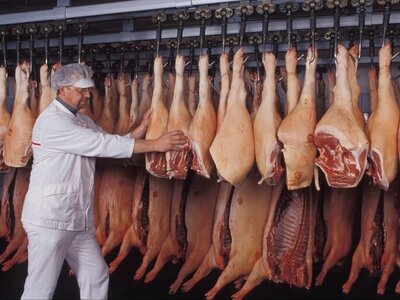
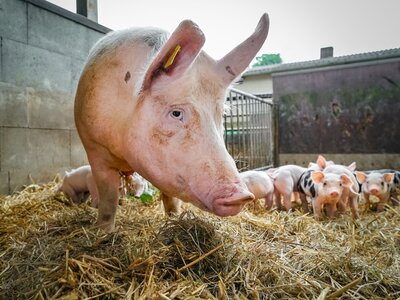
![[Translate to English:] [Translate to English:]](/media/_processed_/a/4/csm_Collage_MH_NEU_6fcca7bd03.png)

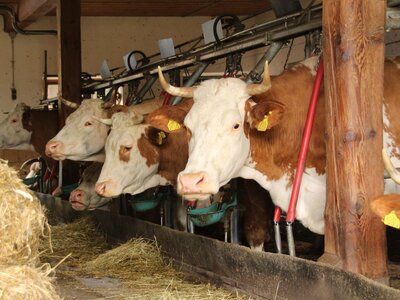
![[Translate to English:] [Translate to English:]](/media/_processed_/3/8/csm_Karpfenabfischen_cec071fcf7.jpeg)





